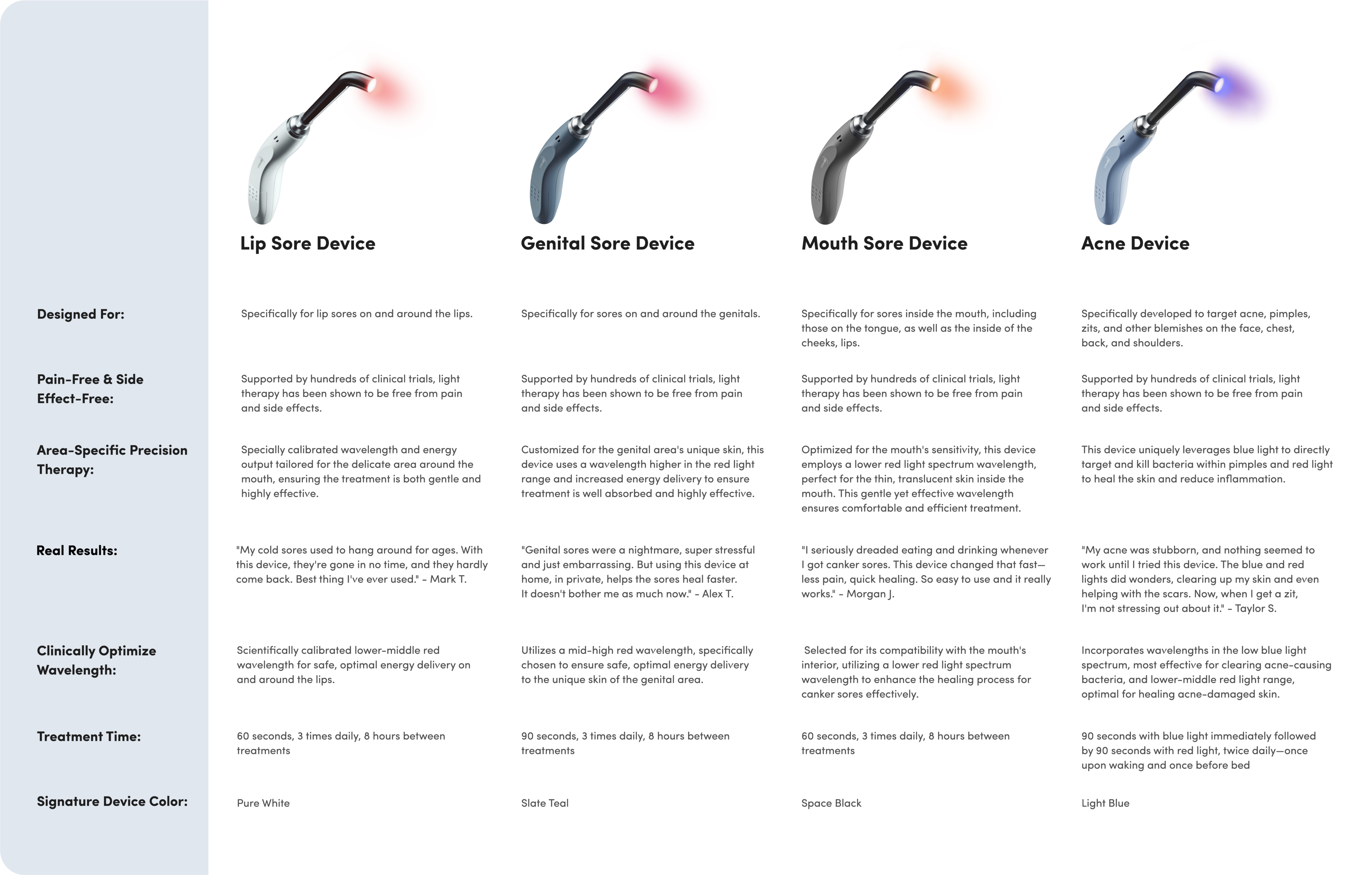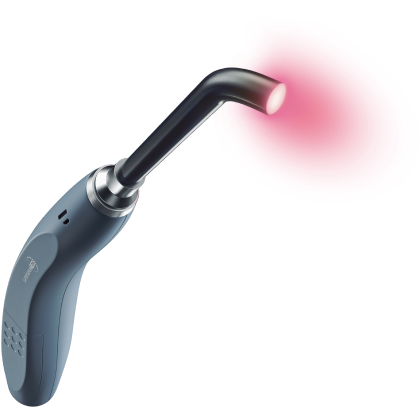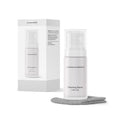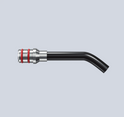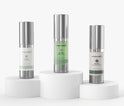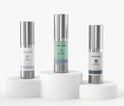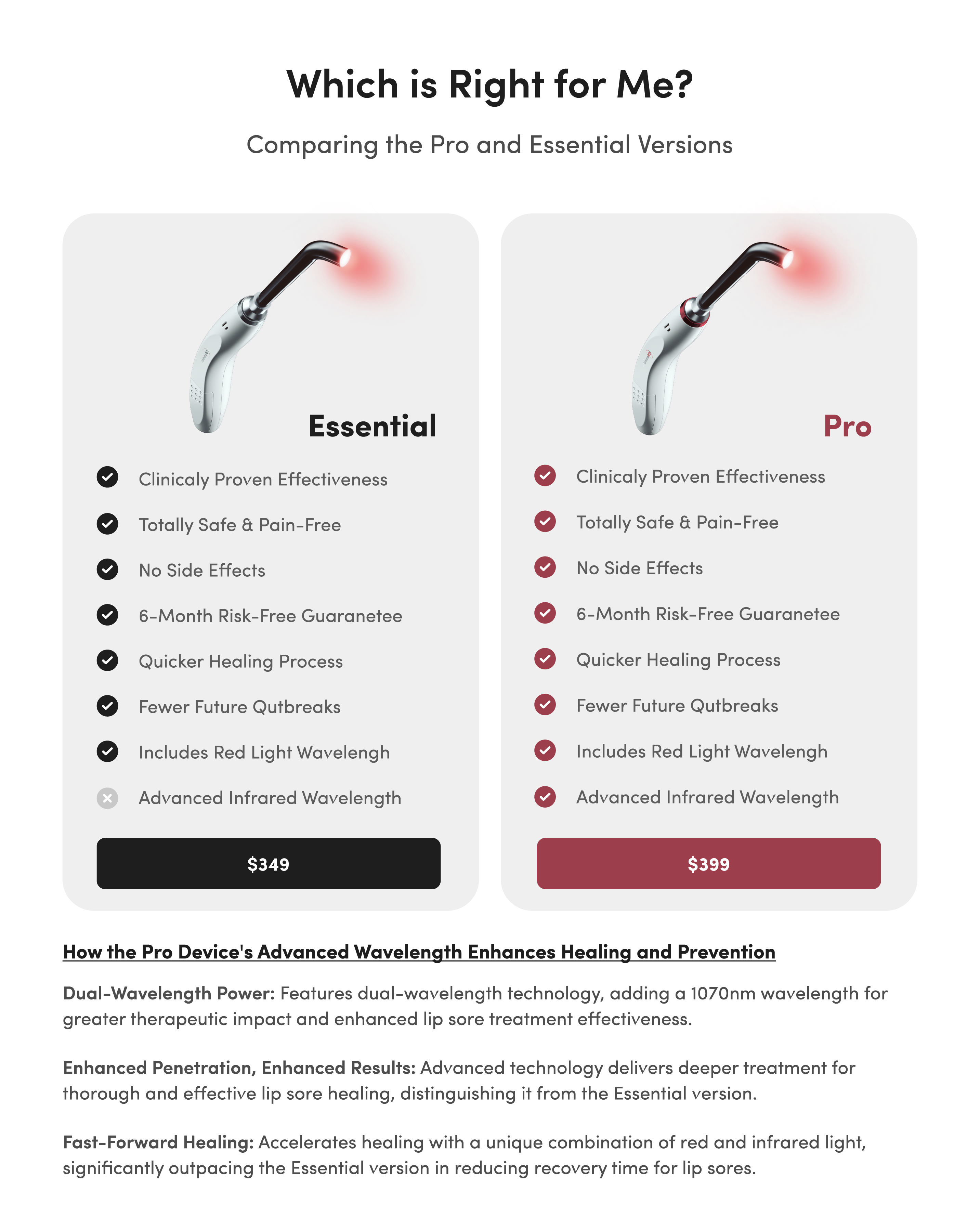Can Cold Sores Spread to Other Parts of Your Body?

It’s bad enough to consider herpes ulcers on your mouth or genital region, but can cold sores really spread to other parts of your body as well?
Certain parts of your body are more vulnerable to developing cold sores, so it’s important to understand the risks if you have an active herpes infection or come into close contact with someone infected.
The Most Common Places Cold Sores Appear
Herpes is a contagious virus spread from one person to another. It’s an incurable condition that may present outbreaks of ulcers around the mouth or genitals from time to time.
Cold sores and genital herpes are both members of the Herpesviridae family of DNA viruses, so they share many of the same characteristics and symptoms, including recurring infections and painful sores. However, each condition is caused by a different strain of the herpes simplex virus (HSV)
Herpes Simplex Virus Type 1 (HSV-1)
HSV-1 is a highly contagious infection known mainly for causing cold sores around the mouth. The Centers of Disease Control and Prevention (CDC) estimates that about 47.8% of Americans aged 14 to 49 have HSV-1, though many never develop symptoms. A tingling or burning sensation marks the first sign a cold sore outbreak is about to erupt around the mouth and lips. Cold sores tend to cause pain and discomfort for seven to ten days until they burst, scab, and heal.
HSV-1 remains dormant in the nerve cells in your skin after your initial outbreak. It may lie inactive for weeks, months, or even years. It’s hard to predict exactly when and how the next outbreak will be triggered in the future, but these external factors are the most common causes of cold sores:
- Stress
- Fatigue
- Hormonal changes
- Another viral infection
- Injury to the skin
- Unusual exposure to sunlight and wind
Herpes Simplex Virus Type 2 (HSV-2)
HSV-2 is the form of herpes most likely to affect the genitals. This type of herpes is usually transmitted through intimate contact and isn’t quite as common as HSV-1; it impacts about 12% of American adults. The most common sign of genital herpes is the development of itchy, painful blisters around the genital area.
Other symptoms may accompany the blisters to indicate early warning signs of a person’s first genital herpes outbreak:
- Difficult or painful urination
- Swollen glands in the pelvic area
- Fever and chills
- Fatigue
- Headache
- A tingly sensation in the affected areas
Most people experience their first outbreak two to 12 days after initial exposure to the virus. After the blisters break, it may take up to four weeks for herpes ulcers to heal.
Following the first outbreak, recurring outbreaks are common but don’t last nearly as long. Sores tend to heal within three to seven days in recurring outbreaks, and the number of outbreak periods may even decrease over time.
It was once believed that only HSV-1 caused cold sores and only HSV-2 caused genital herpes, but that generalized statement is no longer true. Research now shows that up to 42% of genital herpes in females is actually caused by HSV-1, not HSV-2.

Where on the Body Can Cold Sores Spread?
Due to the contagious nature of the herpes virus, sores aren’t limited to the mouth and genital region. Though rare, cold sore and herpes ulcers can spread to the nose, eyes, throat, cheeks, chin, and other areas of the body.
Nose
Most signs of herpes develop under the nose around the septum. It’s easy for the virus to spread up from the mouth and into the nasal area, especially if you pick at your cold sores or engage in kissing or oral sex with somebody who has open herpes sores.
Eyes
We’re all guilty of rubbing our eyes throughout the day. Unfortunately, this simple and often unconscious act can spread the herpes virus around your eyes. This is most common if you touch an infected cold sore and then touch your eyes.
Cold sores around the eyes are referred to as ocular herpes, herpetic eye disease, or eye herpes. You may need to see your doctor for antiviral eye drops to treat and eliminate cold sores near the eyes.
Throat
When the herpes virus infects the throat and esophagus region, it’s known as herpes esophagitis. The majority of people who develop herpes esophagitis have a weakened immune system that is more vulnerable to viral infection.
Herpes esophagitis can be transmitted through an existing HSV-1 or HSV-2 infection. HSV-1 is the predominant cause of herpes esophagitis because mouth-to-mouth contact easily passes the herpes virus through saliva. This may trigger inflammation and infection in the throat.
It’s also possible to develop herpes esophagitis through the transmission of HSV-2. Engaging in oral sex with someone during a genital herpes outbreak may lead to this throat infection.
Herpes esophagitis isn’t easy to see or detect. Many of the symptoms for this condition overlap with standard cold and flu symptoms:
- Joint pain
- Chills
- Fever
- Difficulty swallowing
If you start to experience these problems after contact with somebody with an active herpes outbreak, contact your doctor.
Cheeks and Chin
Just like cold sores can spread above the mouth to the nose and eyes, they can also spread over and down to the cheeks and chin. Once cold sores appear on the cheeks or chin, they’re likely to recur in the same spot during future outbreaks.
This makes many people uncomfortable, especially since open cold sores aren’t easy to hide. Remember this list of helpful cold sore preventative measures to stop the spread of cold sores to new locations:
- Avoid direct physical contact with your cold sores
- Wash hands thoroughly and frequently
- Apply medication with cotton swabs to reduce contact with sores
- Don’t pick at your sores or touch them with your hands
- Use supplements such as omega-3 fatty acids and zinc to boost your immune system
- Improve your sleep habits to support a strong immune system
- Use The Luminance RED to reduce the healing time of active outbreaks
Tips to Treat and Prevent Herpes
Since there’s currently no cure for herpes, it’s essential to use the best prevention and treatment methods to manage your infection.
The Luminance RED treatment device is a breakthrough, handheld class II medical device designed to help you manage sores and ulcers on your mouth or genitals. This device makes it easy to shine concentrated wavelengths of pain-free, medically optimized light directly onto sores and the areas where they often develop. Whether you need to treat an existing outbreak or prevent future outbreaks before they start, the Luminance RED makes it possible.







